The 10 most polluted cities in the world
More than 200 million people worldwide suffer the effects of air pollution
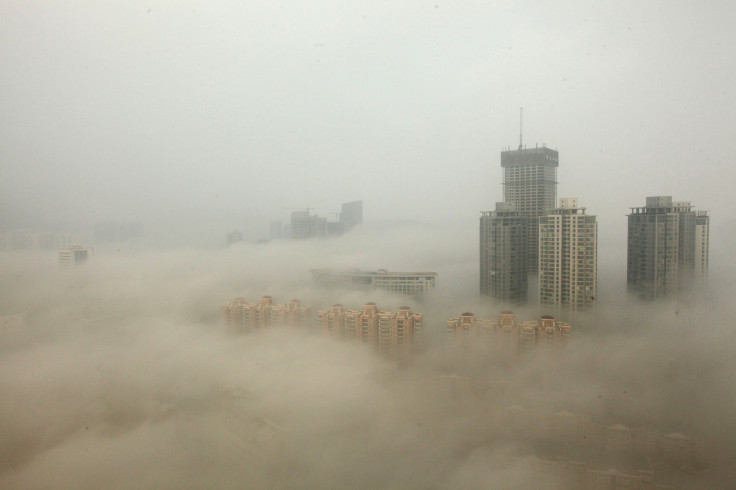
From acid rain to global warming and heart disease to acute respiratory problems, toxic pollution has a devastating impact on human health and the environment.
In the past 150 years, carbon dioxide emissions have reached levels higher than they have been for hundreds of thousands of years, with more than 200 million people worldwide affected by air pollution. The problem is deadly – outdoor air pollution was estimated to cause 3.7 million premature deaths worldwide in 2012.
Some cities are synonymous with smog, such as Beijing, in which pollution has soared to hazardous levels around 20 times the limit recommended by the World Health Organization. But India, Pakistan and Iran are also home to some of the world's most polluted cities in terms of particulate matter, according to the most recent statistics from the WHO, compiled from more than 1,600 cities for the years 2008 to 2013.
The WHO examined the concentration of fine particles suspended in the atmosphere. It advises that fine particles of less than 2.5 micrometres in diameter (PM2.5) should not exceed 10 micrograms per cubic metre.
Ahead of World Environment Day, observed annually on 5 June, here are some of the cities with the highest levels of pollution.
Delhi, India (annual mean PM2.5, ug/m3: 153)
Air pollution in Delhi is caused mainly by industry and vehicular traffic, which has released high levels of particulate matter made up of various substances – including carbon, nitrogen, sulphur and metal compounds. According to CNN, there are roughly 8.5 million registered vehicles in the city.
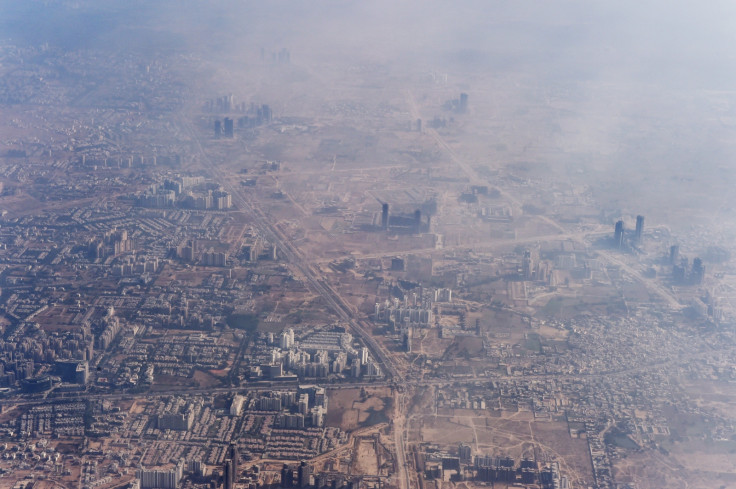
Patna, India (annual mean PM2.5, ug/m3: 149)
The second largest city in eastern India, Patna has an estimated population of 1.68 million as of 2011. It is a major agricultural centre of trade, with its most active exports being grain, sugarcane, sesame and rice.
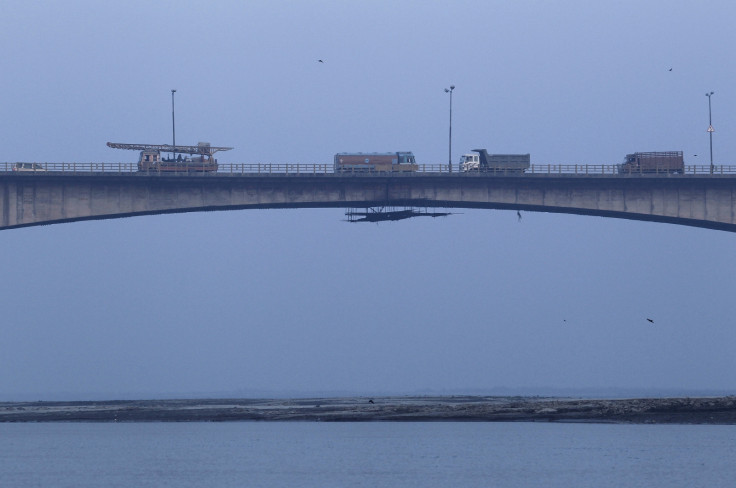
Gwalior, India (annual mean PM2.5, ug/m3: 144)
Gwalior, one of the largest cities in central India, is surrounded by three main industrial and commercial areas: Sitholi, Banmore and Malanpur.

Raipur, India (annual mean PM2.5, ug/m3: 134)
Raipur has become an important regional commercial and industrial destination for the coal, power, steel and aluminium industries and is the largest market of steel in India.
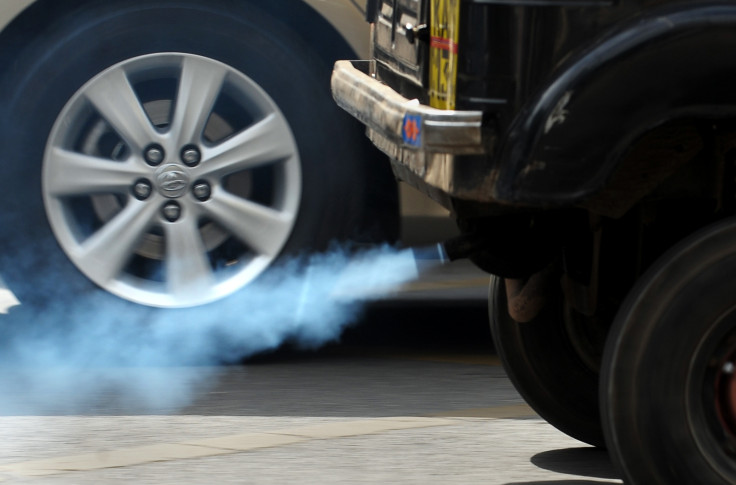
Karachi, Pakistan (annual mean PM2.5, ug/m3: 117)
Air pollution, lack of proper waste management infrastructure and degradation of water bodies are the major environmental issues in Karachi. The air in the city is rapidly polluted by vehicle emissions from rickshaws and buses, industrial emissions, open burning of garbage and house fires.

Peshawar, Pakistan (annual mean PM2.5, ug/m3: 111)
Vehicular emissions, industrial and brick kiln emissions, the burning of solid waste and refuse and the use of ill-maintained vehicles are some of the sources of pollution in Peshawar.

Rawalpindi, Pakistan (annual mean PM2.5, ug/m3: 107)
A rapidly growing city in the Pothohar region of northern Punjab, Pakistan, Rawalpindi is home to various textile mills. Its high levels of traffic have pushed up air pollution in the region.
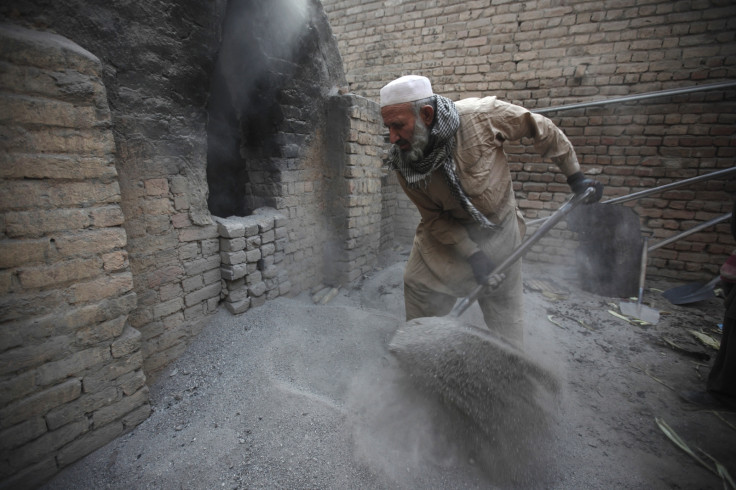
Khorramabad, Iran (annual mean PM2.5, ug/m3: 102)
In 2012, pollution contributed to the premature deaths of 4,500 people in Tehran and about 80,000 across Iran, according to the health ministry.
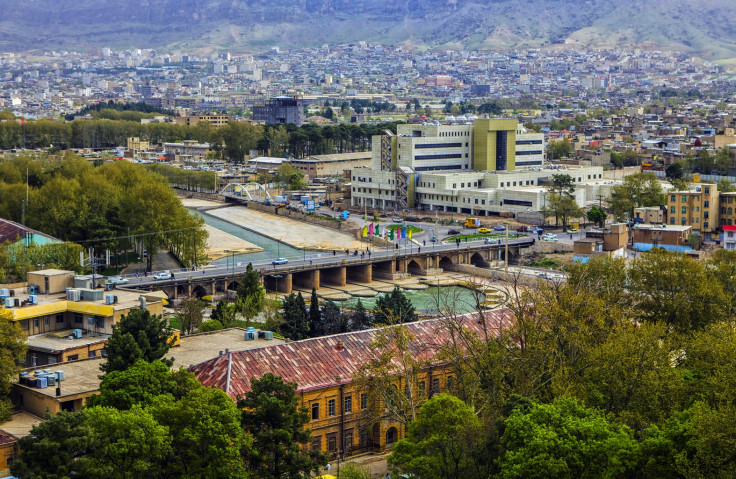
Ahmedabad, India (annual mean PM2.5, ug/m3: 100)
Ahmedabad has become an important economic and industrial hub in India and it is the second largest producer of cotton in the country. Heavy construction work for both infrastructure and housing has contributed to high levels of air pollution.

Lucknow, India (annual mean PM2.5, ug/m3: 96)
The capital city of Uttar Pradesh is among the most polluted cities in the country. The lack of transport infrastructure and growing number of vehicles exacerbates the problem, according to India's Centre for Science and Environment.

© Copyright IBTimes 2025. All rights reserved.





















